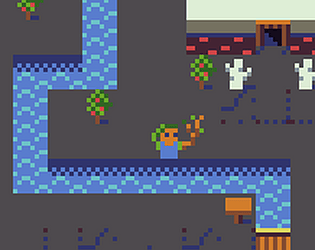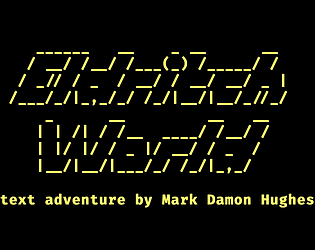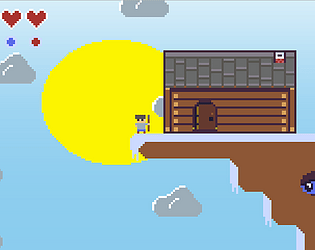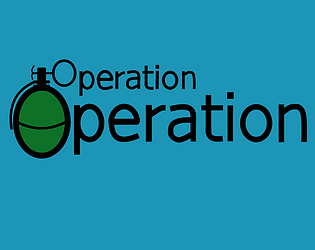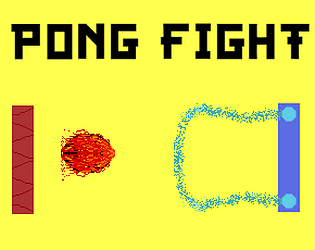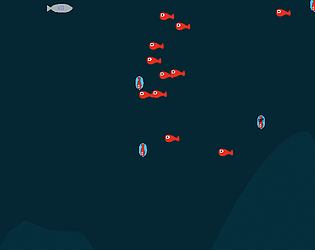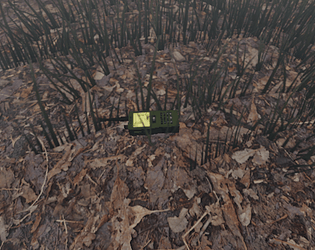This jam is now over. It ran from 2019-04-19 04:00:00 to 2019-04-30 03:59:59. View results
NOTE: The jam was extended by 1 day due to an error on our part. For this reason, voting will only last 2 days, not 3.
Lisp Game Jam is a game jam taking place for a full 10 days. It runs mid-April of every year. After the jam has finished, 3 days are given to everyone to try out the game submissions and vote for their favorites.
Rules
- Must be written in any dialect of Lisp. This includes, but is not limited to Common Lisp, Scheme, Emacs Lisp, and Clojure.
- You may use existing libraries, third-party or self-created, as long as they have an open-source license.
- You may use existing assets, including but not limited to artwork, music, and sound effects, as long as they are free for others to use as well. You must disclose what you used, and give proper credit where it is due.
- You may develop your own general-purpose engine, tools, and assets before the jam begins. This way, you can start with the game logic and connecting the pieces during the jam. If you do choose this method, please make an effort to show that the game logic was not worked on before the jam began, if you want to receive a good rating.
- You may even use an existing game as a base on which to build upon. This method is encouraged for newcomers. If you do choose this method, please make an effort to substantially modify it enough if you want to receive a good rating. You must also specify what you changed, either from a commit history, or your submission's summary.
- You must submit at least a source archive, either as a ZIP or tarball, with instructions on how to compile and run your game. To get the most people to test your game, you may also want to include pre-compiled binaries.
- Within the source archive, please include an open-source license you are releasing the game under. This is important for people to use/modify your game for another project.
- You do not have to target multiple architectures, though keep in mind that the more people that are able to test your game, the better rating you will get. Please make a note on which architectures are supported in your submission.
Guidelines
- Keep the design simple. The goal of the jam is to be able to complete a game and train yourself to be better for future jams and game development in general. If a planned feature is not important, just don't work on it.
- Stay focused and don't give up. Even if you don't complete your game as you intended it, it is still desirable to submit your unfinished game. The idea is to watch your progress, and give you something to compare your future work to, as well as give others encouragement or ideas for a game.
- Ask for help if needed. There are plenty of friendly people in the #lispgames Freenode IRC channel or the Lisp Discord server (see the Discussion section below) that would enjoy helping you if you're stuck. All you have to do is ask.
- Consider writing about your progress as a series of blog articles, or using the Itch.io platform. Talk about your game ideas, what went wrong, what you learned, etc. This will help yourself as well as others in the future. Resources and more information can be found at the Lisp Games Wiki.
Voting
After the jam is over, three days are given for the public to vote on entries. The voting criteria will be the following:
- Entertainment - How enjoyable/replayable is the game?
- Presentation - How does it look/feel?
- Creativity - How original is the idea?
- Language use - How well was Lisp incorporated into the design?
Discussion
Submissions(17)
All submissions
· Browser playable (3)
· Windows (9)
macOS (5)
Linux (10)
No submissions match your filter
Text adventure in strange, nested worlds. Written not coincidentally in Scheme.
Interactive Fiction
2D shooter about war behind the enemy lines written in Common Lisp and SDL2.
Shooter
A 2D STG where you must protect the planets from asteroids and enemies.
Shooter


